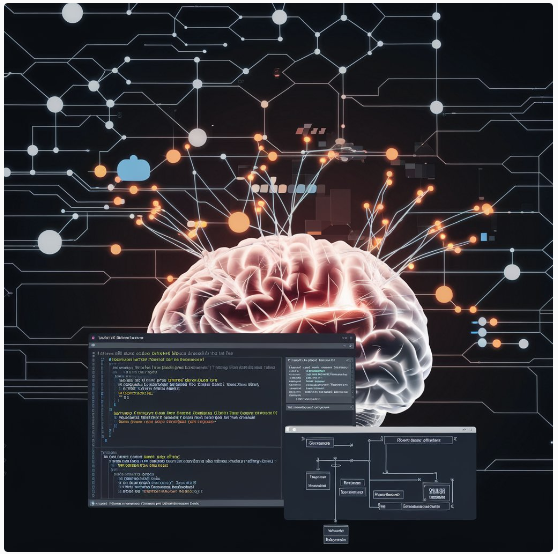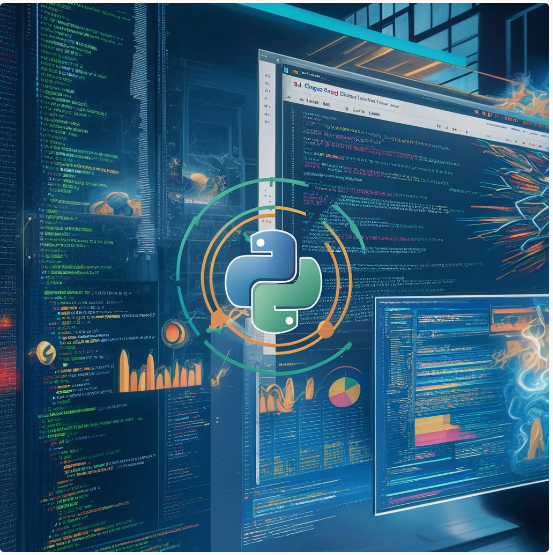AI in Data Analysis : From Identification to Deployment
In this age of technology, one cannot ignore the revolutionary changes brought about by Artificial Intelligence (AI) to innumerable industries and data analysis is no exception. With the explosion of data volume and complexity, AI has become a key means to glean insights from it. Most importantly, it changes the way we look at data since AI automates tasks and can identify patterns and make predictions.

AI in Data Analysis : From Identification to Deployment
- Automation: Companies can use AI algorithms to automate tedious and time-consuming data preparation activities like cleaning, formatting, and integration from disparate sources. This allows data analysts to work on more sophisticated analysis and interpretation.
- The pattern recognition: AI can look for patterns and abnormal activities in the data which is hard to find by humans. For example, to detect fraud, anticipate customer turnover or identify new trends.
- Predictive Analytics: Train AI models to predict the future based on historical data. This means that businesses can predict the future, optimize their operations accordingly and base decisions on facts.
- NLP — Natural Language Processing (AI Tools for NLP can be of help when we are trying to analyze unstructured data such as customer reviews, social media posts and news articles) This allows businesses to understand public sentiment, customer pain points and improve the quality of their products or services.
Ethical Dimensions Of AI-Powered Data Analysis
AI may be incredibly beneficial, but we have to pay attention to the ethical aspects of that technology. Some key concerns include:
- Bias: Models can learn and replicate biases present in the training data. Which in turn can result to unfair and or discriminatory outcomes.
- Private Information: A matter of privacy is intrinsic in personal data mining for profiling purposes. By doing that we help in making sure the data is managed responsibly and it meets requisite legal constraints.
- Transparency: AI models can often be black boxes. This can here difficult in presenting their decisions and ensuring accountability.
What the Future Holds for AI & Data Analysis
With the progress of AI technology in future, more creative uses will be designed for data analysis. Some emerging trends include:
- Explainable AI — Building AI models that are able to give you a transparent reason why they make the decisions.
- Federated Learning: Training AI Models on Decentralized Data for Privacy Protection
- Generative: Like Generative AI, which means using the power of AIML to create new data like synthetic images or text.
In summary, AI can go a long way in making the most out of data. AI is changing the game for how businesses operate and make decisions through automating workloads to finding patterns that emerge, then predicting trends accordingly. But, these insights should be accompanied by discussions about the ethical concerns of AI data processing so we can all benefit from it responsibly.
FAQ
- What is the difference between artificial intelligence and machine learning?
- How does AI help in data analysis?
- What are the key benefits of using AI for data analysis?








One Comment